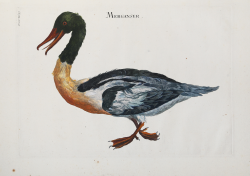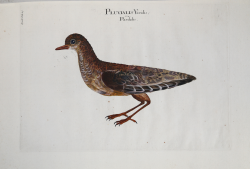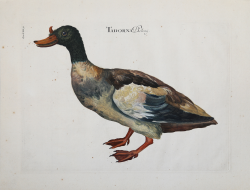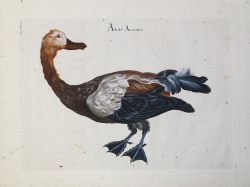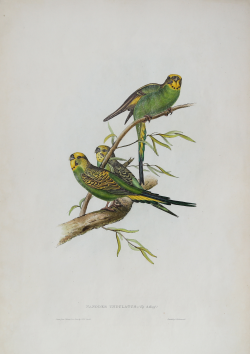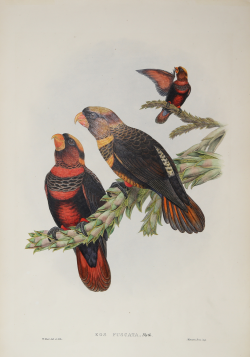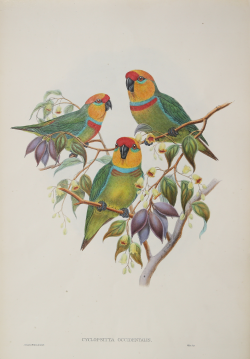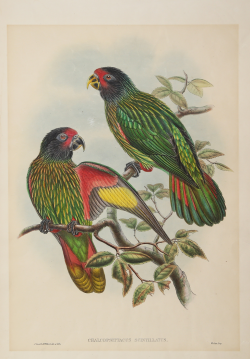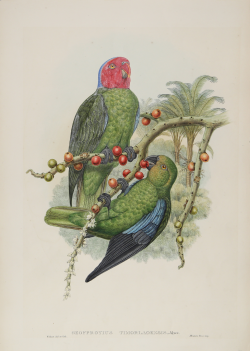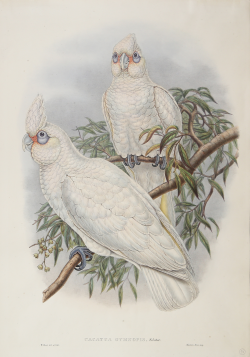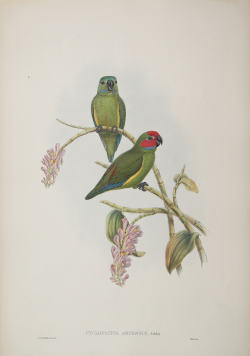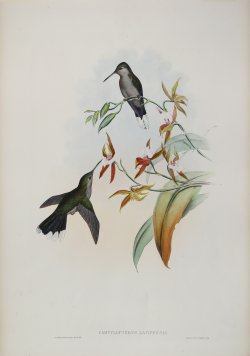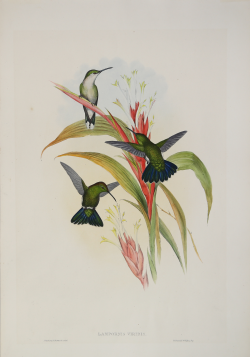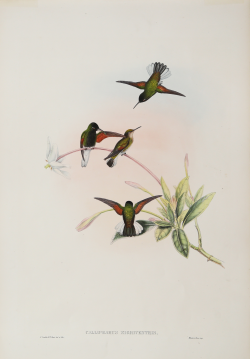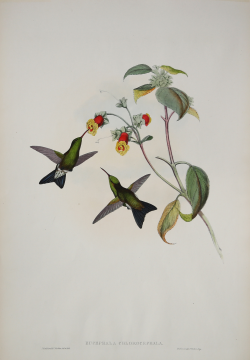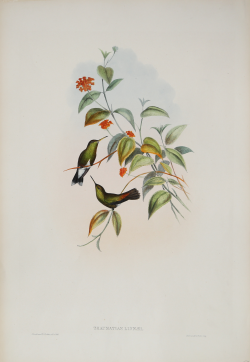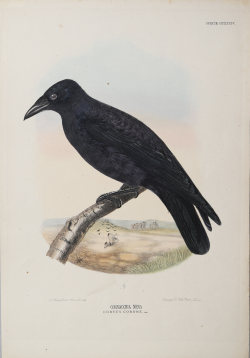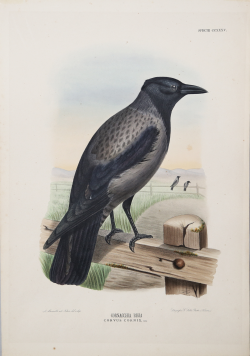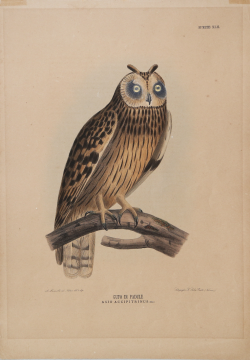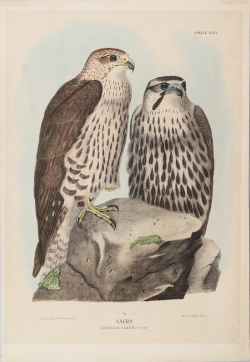Pluvialis Viridis seu Pardalis
Luigi Ferdinando MARSILI
Code:
S1333
Measures:
405 x 290 mm
Year:
1726
Printed:
Amsterdam
Tadorna Bellony
Luigi Ferdinando MARSILI
Code:
S1334
Measures:
405 x 290 mm
Year:
1726
Printed:
Amsterdam
Anas Aurantia
Luigi Ferdinando MARSILI
Code:
S1330
Measures:
400 x 295 mm
Year:
1726
Printed:
Amsterdam
Cyclopsitta Occidentalis
John GOULD
Code:
s26970
Measures:
390 x 560 mm
Year:
1875 ca.
Printed:
London
Chalcopsittacus Scintillatus
John GOULD
Code:
s26969
Measures:
390 x 560 mm
Year:
1875 ca.
Printed:
London
Geoffroyius Timorlaoensis
John GOULD
Code:
s26968
Measures:
390 x 560 mm
Year:
1875 ca.
Printed:
London
Campylopterus Latipennis
John GOULD
Code:
s26974
Measures:
390 x 560 mm
Year:
1875 ca.
Printed:
London
Callipharus Nigriventris
John GOULD
Code:
s26976
Measures:
390 x 560 mm
Year:
1875 ca.
Printed:
London
Eucephala Chlorocephala
John GOULD
Code:
s26977
Measures:
390 x 560 mm
Year:
1875 ca.
Printed:
London
Cornacchia Nera Corvus Corone
Alberto MANZELLA
Code:
S1306
Measures:
340 x 490 mm
Year:
1878 ca.
Printed:
Florence
Cornacchia Bigia Corvus Cornix
Alberto MANZELLA
Code:
s1308
Measures:
340 x 490 mm
Year:
1878 ca.
Printed:
Florence
Gufo di Padule Asio Accipitrinus
Alberto MANZELLA
Code:
s1318
Measures:
340 x 490 mm
Year:
1878 ca.
Printed:
Florence
Sacro Gennaia Saker
Alberto MANZELLA
Code:
s1310
Measures:
340 x 490 mm
Year:
1878 ca.
Printed:
Florence

